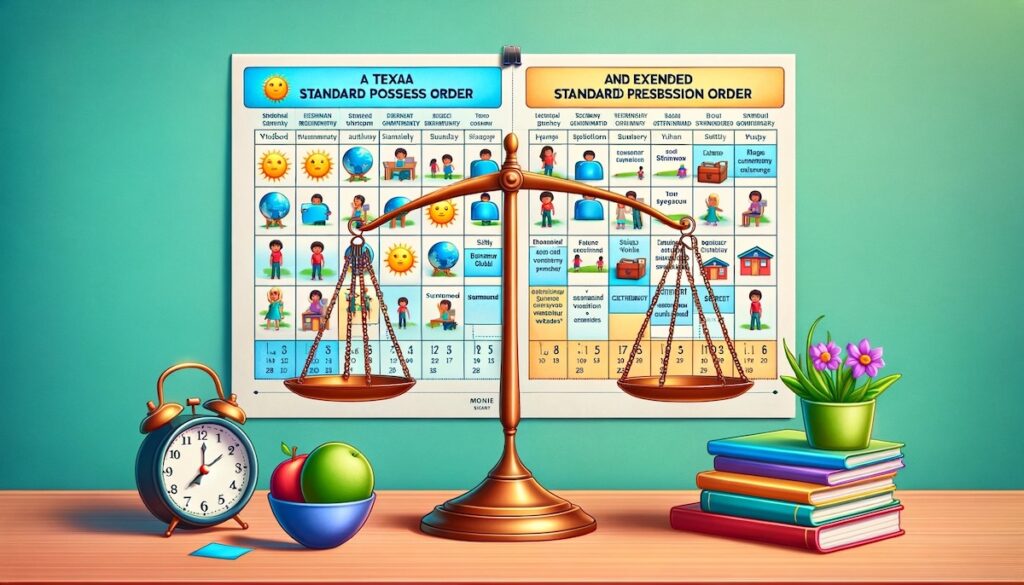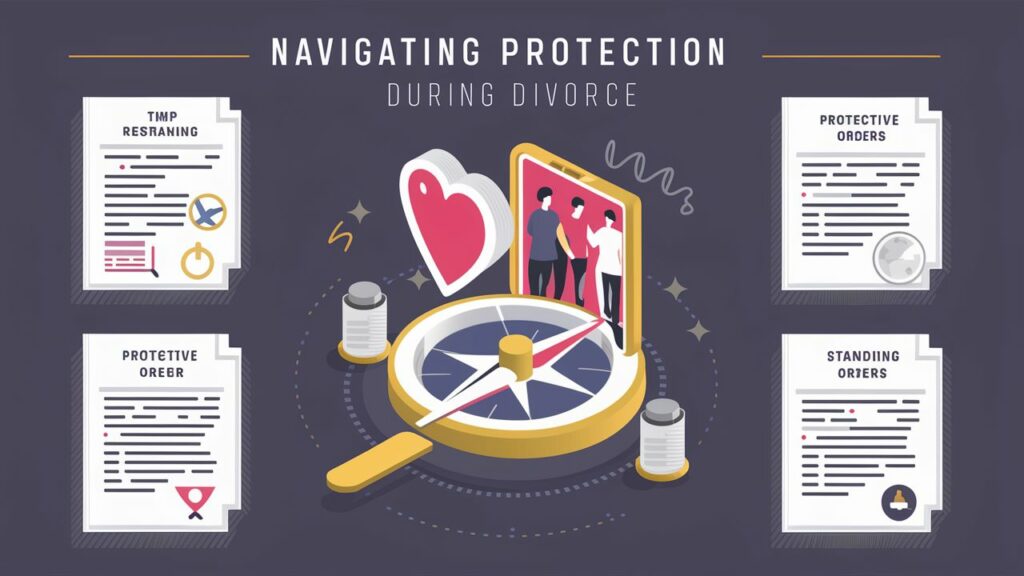· Cristi Trusler · Child Custody · 2 min read
The Impact of Alienation and Coercive Control on Texas Divorces
Understanding parental alienation and coercive control in Texas divorce cases. Learn how these behaviors affect custody decisions and what you can do to protect yourself and your children.

If you’re watching your ex turn your children against you, or if you’ve been controlled through intimidation and isolation, you’re not imagining it. These patterns have names: parental alienation and coercive control. And Texas courts take both seriously.
What Texas Judges Look For
Parental alienation happens when one parent manipulates the children to reject the other parent. Coercive control involves ongoing patterns of intimidation, isolation, financial abuse, or threats designed to dominate you.
Texas judges evaluate both behaviors when making custody decisions. If one parent is poisoning the children against the other, that parent may lose primary custody. If the court sees evidence of coercive control, you may qualify for protective orders or supervised visitation.
What You Need to Prove It
Documentation is everything. You need:
- Text messages and emails showing manipulation or threats
- Witness statements from people who’ve seen the behavior
- Records of denied visitation or blocked communication with your children
- Police reports, medical records, or counselor notes documenting abuse patterns
Don’t wait until your hearing to start gathering evidence. Start now.
How to Protect Yourself and Your Children
First, document every incident. Screenshot messages. Keep a journal with dates, times, and what happened. Save voicemails.
Second, work with a therapist who understands parental alienation and coercive control. They can provide expert testimony if needed.
Third, talk to an attorney who knows how to present this evidence. These cases require specific strategies, and judges need to see clear patterns, not isolated incidents.
What Happens Next
If you’re dealing with alienation or coercive control, your children’s relationship with you depends on taking action now. The longer these patterns continue, the harder they are to undo.
Schedule a consultation to discuss your specific situation. We’ll review your documentation, explain what Texas courts require, and build a strategy to protect your relationship with your children.



